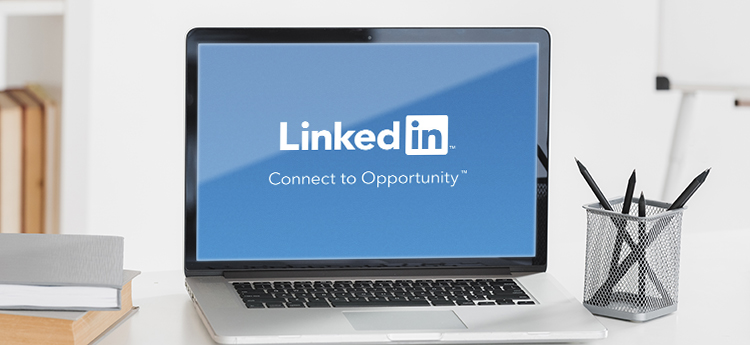As technology improves, more people seek career opportunities in new cities, and as more teams go remote, video interviews become an increasingly important part of the hiring process. In fact, nearly 75% of companies currently use video to interview candidates in some part of their hiring process.
Video interviews tend to be more convenient and much easier to schedule, which is a boon to both employers and candidates. They can also provide a measure of consistency, and some argue (especially purveyors of video interviewing technology) that they help with lessening bias in hiring.
However, they’re also stressful in a different way than in-person interviews, and require different types of preparation. Instead of working on winning over interviewers with your timely arrival and strong handshake, you’re essentially preparing to star in your own mini-video. The common interview advice just doesn’t cover essential tips for nailing your video interview.
For example, locking your door.

The good news? Most people aren’t all that comfortable in front of a camera, so there is a lot of opportunity to stand out if you do it well.
There are usually two types of video interviews: live and pre-recorded.
Live interviews are conducted on a variety of platforms, like Skype, Zoom, or any one of the countless online video-conferencing tools. These are pretty straightforward, and in most cases, the interviewer will either send you a link or call you using your very professional User ID or screen name. There are also an increasing number of applicant tracking systems that have a live video component.
Pre-recorded interviews are typically one-sided, in the sense that you’re given a pre-selected question and a set amount of time to record your answer to it. You might even get a few tries at responding before you’re required to submit your answer.
Regardless of the type of video interview, there are some consistent best practices to ace them:
1. Plan Ahead
Do your best to prepare your space ahead of time. Have the materials you need (e.g. a resume, a portfolio) handy. With some time to spare, log in and conduct a trial run, testing the camera and the microphone. This is also a chance to make sure the lighting is in front of you, so your face is not in shadow.
Set up beforehand so you don’t have any installation issues or password problems right before your interview. Try to set up in a quiet space with good Wi-Fi, and make sure any alert sounds from emails or Slack are turned off. We can’t tell you how many times we couldn’t hear the candidate over a barking dog or a cell phone ringtone. It’s unfortunate and usually preventable.
2. Look the Part
Although you’re not in an office, you still want to dress professionally (and in line with the industry you’re interviewing in). Generally, it’s best to match your formality to the industry. And, even though you’ll be sitting, make sure your bottom half is as professional as your face and top. You should also evaluate your setting and make sure the background is clutter-free and not distracting – you should be the focus.
3. Smile & Dial
This is a trick from old-school sales, but the physical act of smiling makes a big difference when you’re not physically in front of someone. You should also sit tall, try not to fidget, and speak slowly — check out newscasters to learn a few good on-screen tricks to project positivity and confidence.
4. The Eyes Have It
You should aim to make good eye contact (or at least do your best to look into the camera, and not at the picture-in-picture of yourself). Your camera should be positioned around eye level and you should center your face and part of your chest, so you don’t look like a floating head. Make sure you aren’t angling the camera below or above you.
5. Be Present
It’s okay to have notes, your resume, and the job description in front of you, but don’t get lost in reading and forget to ask questions and really engage. Just like an in-person interview, it’s important to be aware of your body language in order to leave a positive impression on the interviewer. Do enough research and prep so you don’t need to look at your notes much, especially for pre-recorded interviews.
6. End on a Strong Note
If it’s a live interview, make sure you 1) ask a good question or two (“What are the biggest challenges for this role?”, “Is there anything in my background that makes you hesitate?”), 2) figure out next steps (“When should I expect to hear from you?”), and 3) send a thank you email reiterating your conversation and enthusiasm about the role and the company.
Think of prepping as getting ready for your on-camera moment: you’re in charge of the audio, lighting, writing, video, wardrobe, and makeup. You have to do a bit of behind-the-scenes work to really shine during the big moment. But, if you take the time, you’ll nail the interview — and land the part.
Contributed by Roxanne Rotticci, Boly:Welch Director of Business Strategy




